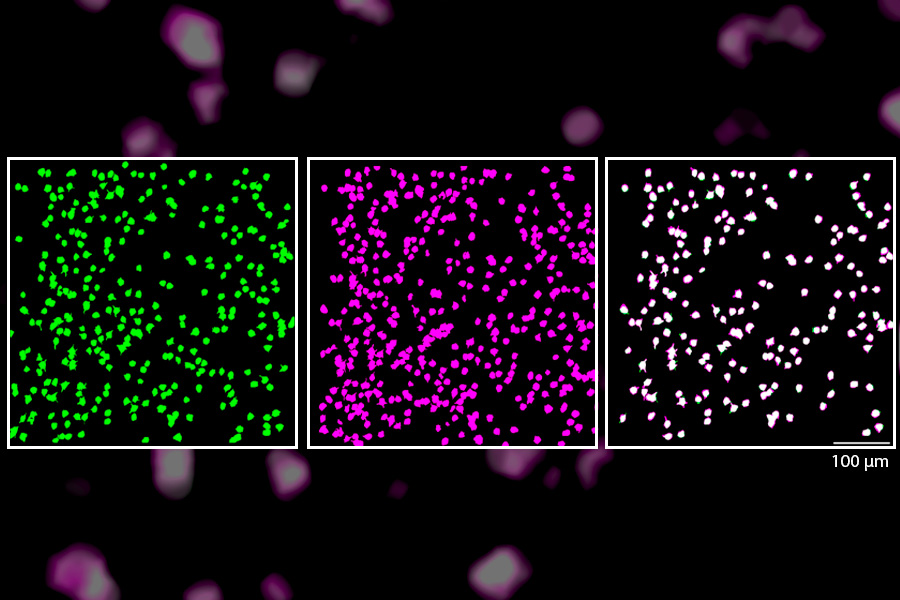![]()
The fourth “CNBC State of the Art” panel took place on May 31st at the Mellon Institute, focused on the basal ganglia. The topic, “What is the function of the basal ganglia?”, was addressed by CNBC faculty members Aryn Gittis (CMU Biology), Rob Turner (Pitt Neurobiology), Tim Verstynen (CMU Psychology), Eric Yttri (CMU Biology). Seventy CNBC members attended the session to listen to an introduction to the basal ganglia and four perspectives on basal ganaglia function. Comprehensive discussion followed.
Tim Verstynen argued for understanding basal ganglia function in terms of a Marrian explanatory program where different levels of analysis are pursued. Given this approach, he argued that the circuitry of the basal ganglia does not function as independent levers in control of action selection, but rather dynamically compete for the levers of control. For more from the Verstynen lab, see: http://www.psy.cmu.edu/~coaxlab/publications.html
Eric Yttri took issue with an action selection model of basal ganglia function, and provided a different perspective: a primary function of the basal ganglia is controlling response gain (“vigor”). That is, the basal ganglia’s influence is not in selection of action but in the control of action execution, like a volume nob that controls the gain of response. For more from the Yttri lab, see: https://www.bio.cmu.edu/laboratories/yttri/publications/
Rob Turner also raised questions about the standard account of the basal ganglia function in action selection. This account implies certain causal relations between basal ganglia and other parts of the brain, relations that are not borne out by careful measurements of brain activity. For more from the Turner lab, see: https://turnerlab.sni.pitt.edu/publications/
Aryn Gittis noted that while much attention has been focused on the basal ganglia’s connections to cortex and thalamus, it is linked to the superior colliculus, locomotor brainstem, and habenula (feel free to Google that). These evolutionary more ancient connections underwrite the important role that the basal ganglia plays in habitual and automatic behaviors. For more from the Gittis lab, see: https://www.bio.cmu.edu/labs/gittis/publications.html
Previous panels focused on vision, synapses and circuits, and cortical motor control with strong turnout from the community and vigorous discussions. Future panels will occur at least once a year.




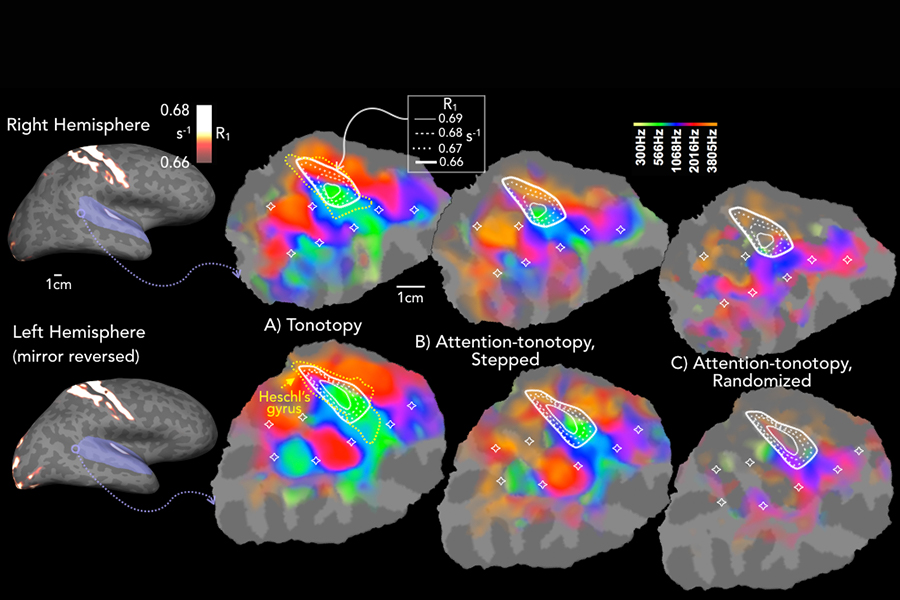
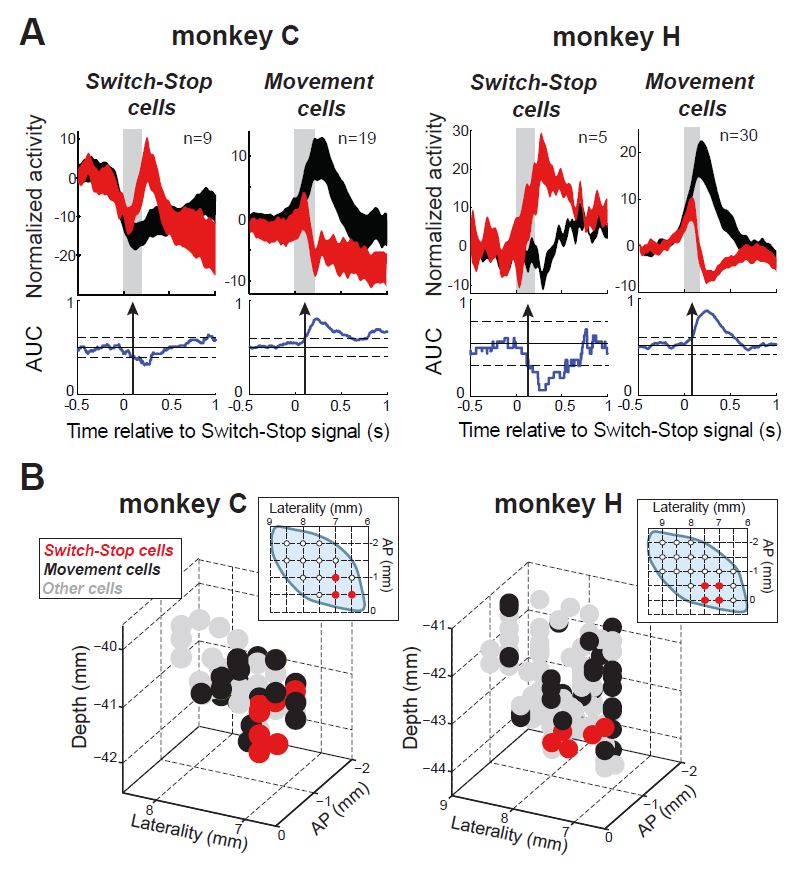

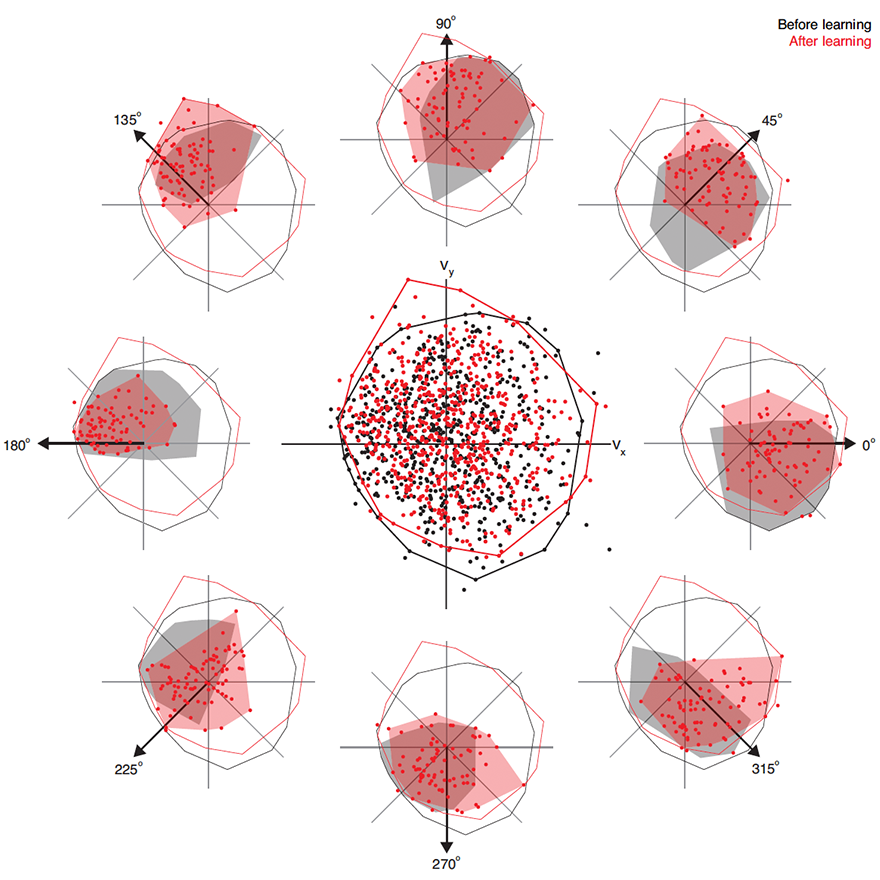


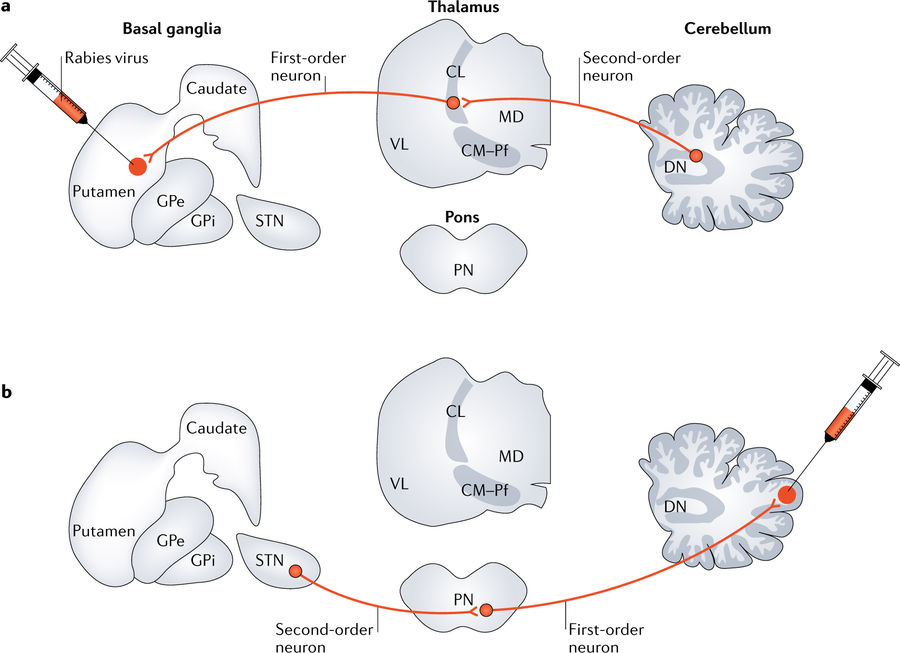
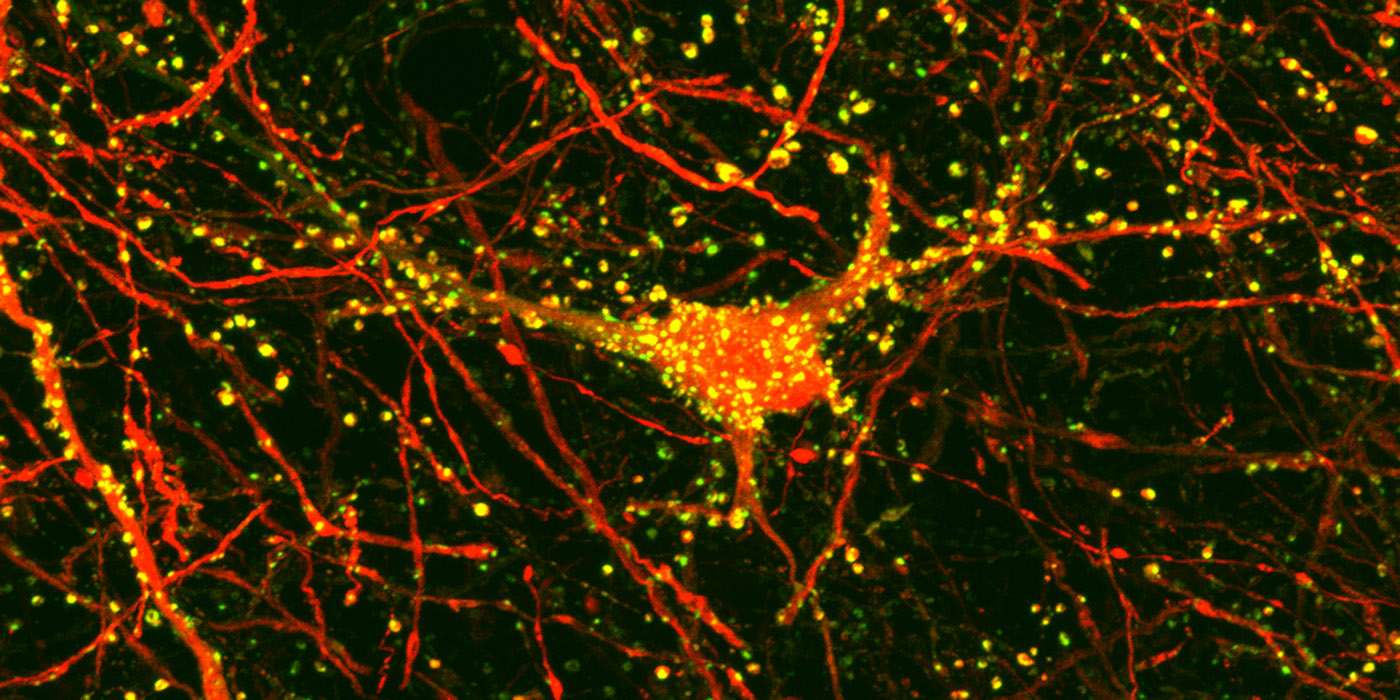

 Carnegie Mellon University will award the sixth annual
Carnegie Mellon University will award the sixth annual 